White light can range from warm colors (yellowish white through red) to cool colors (bluish white). That color shift, or color temperature, is measured by the Kelvin scale. When the color temperature number is high, the hue of light is cooler; when the number is lower, the hue of light is warmer.
01. Color of White Light
Color temperature of white light as measured by the Kelvin light scale
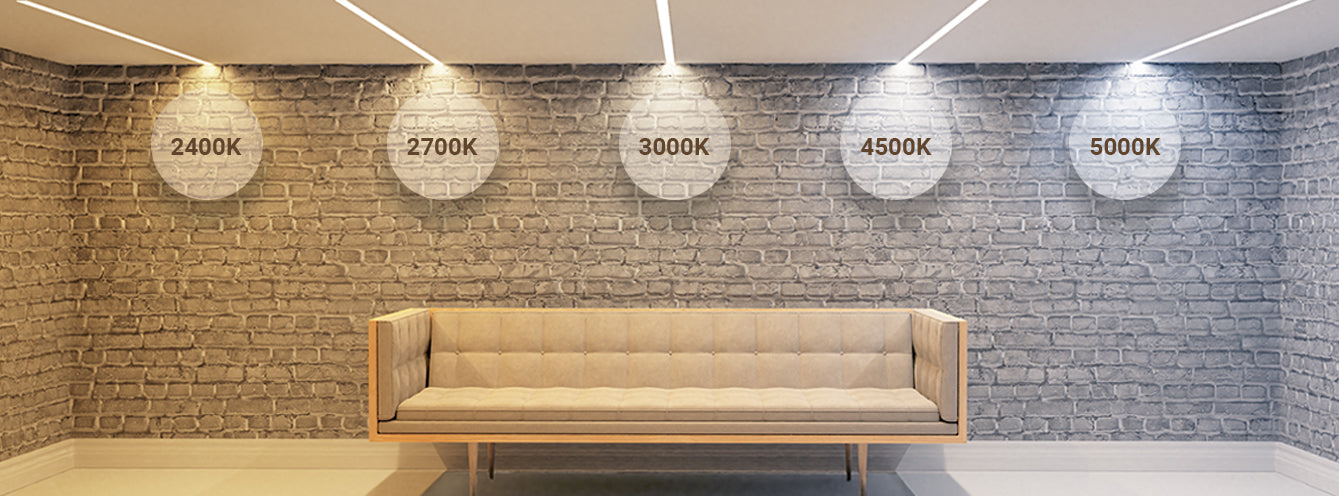

02. Brightness
Light output measured in lumens
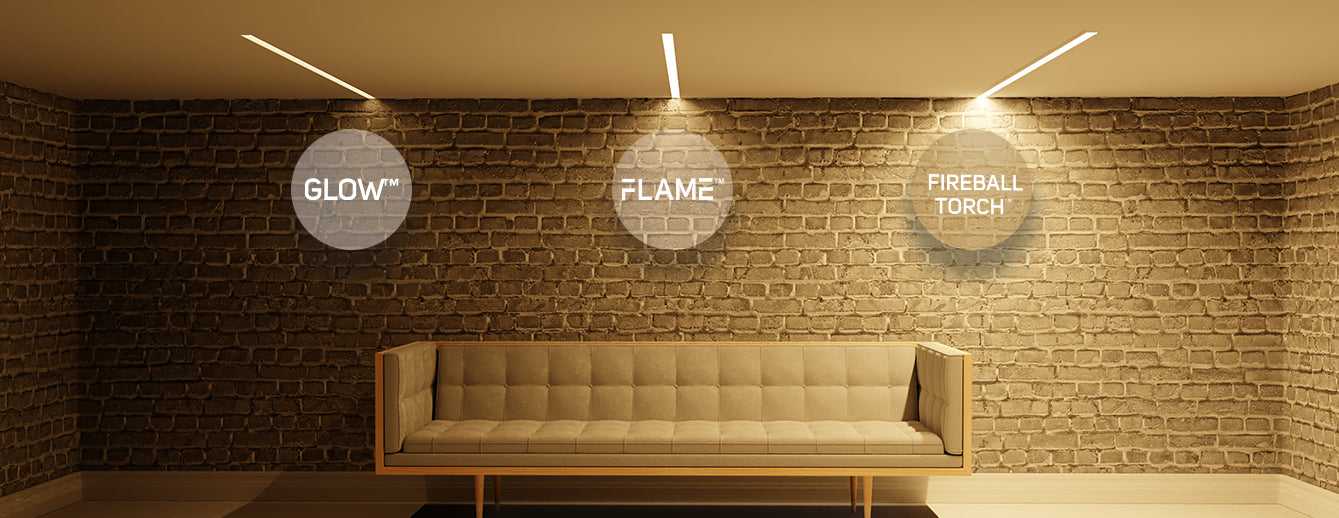
Lumen is a unit of measurement that indicates the amount of light emitted by a bulb. If you need brighter bulbs, then search for those with a higher number of lumens, which also generally have a higher wattage output per foot.
03. Color Accuracy
Described by the Color Rendering Index (CRI)
Color Rendering Index (CRI) represents an LEDs accuracy in revealing the genuine colors of objects, people, and surroundings. Measured on a scale from 0 to 100, the maximum 100 value indicates that colors under this light will look the same as if they were displayed under natural sunlight. Compared to high-CRI lights, lights with a low CRI will reveal fewer colors of the spectrum.
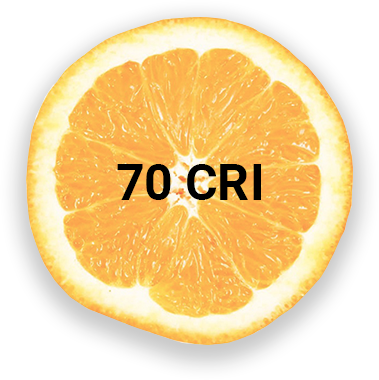
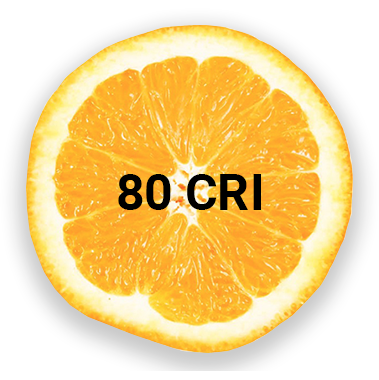

04. Voltage of Tape Light
Used To calculate tape light run length, minimum cut distance, and distance from remote driver
Tape light voltage determines run length, distance of light from transformer, and minimum cut length of an LED light strip. Higher voltage (24V versus 12V) allows for longer runs of light and will have less voltage drop if you are powering the light with a remote transformer. 12V tape light has half the cut length of an equivalent 24V light. Use 12V LED for applications that require a precise length of tape light. Use 24V where you are installing a remote transformer or have long rung lengths.

05. Waterproof
Used for wet location applications
LED light strips can have various waterproof ratings, as categorized by the IP rating. We offer three LED light strip waterproof ratings:
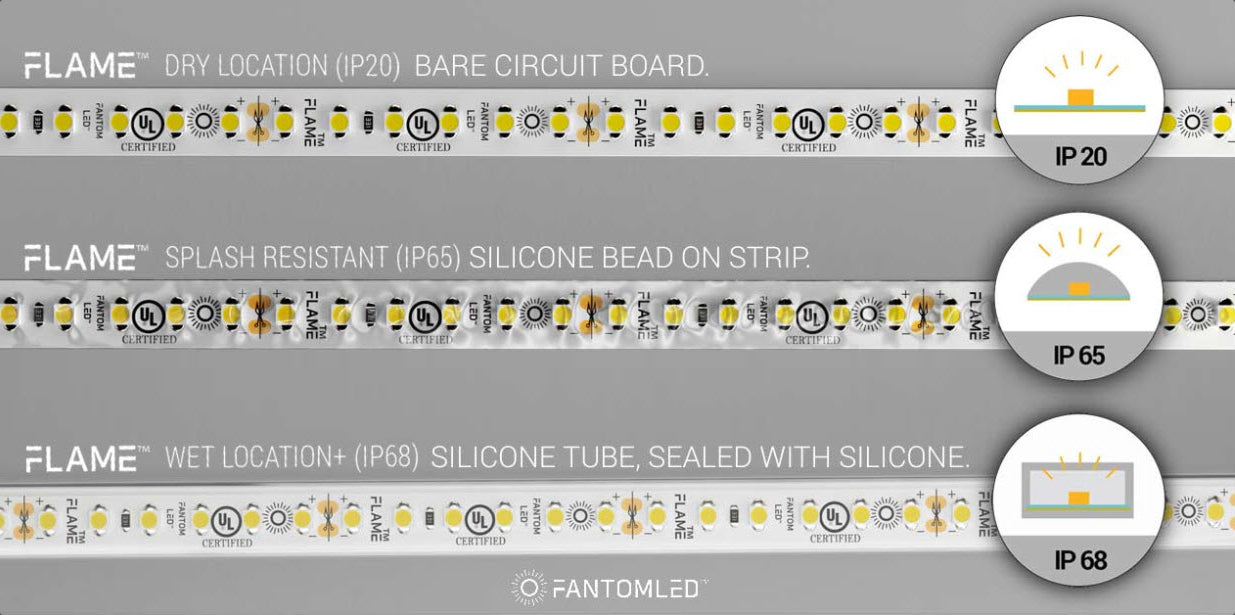
06. Density of LEDs
Used to indicate brightness "zero dot" technology
The density of LEDs on a tape light is measured in LEDs per meter. Higher density LED strips produces higher light output but are also more expensive and consume more power. LED tape lights with over 180 LEDs per meter of tape light will produce a clean line of light when used with an opal diffusor. We refer to these as dot free tape lights because the LEDs are so close together that you cant make out the individual LED chips. Use high density LED tape light for applications where the light is shining on a reflective surface and each LED dot would otherwise be visible. For undercabinet LEDs installed in kitchens with polished backsplashes or toe kick LEDs installed against reflective floors, look for tape lights marked dot free.
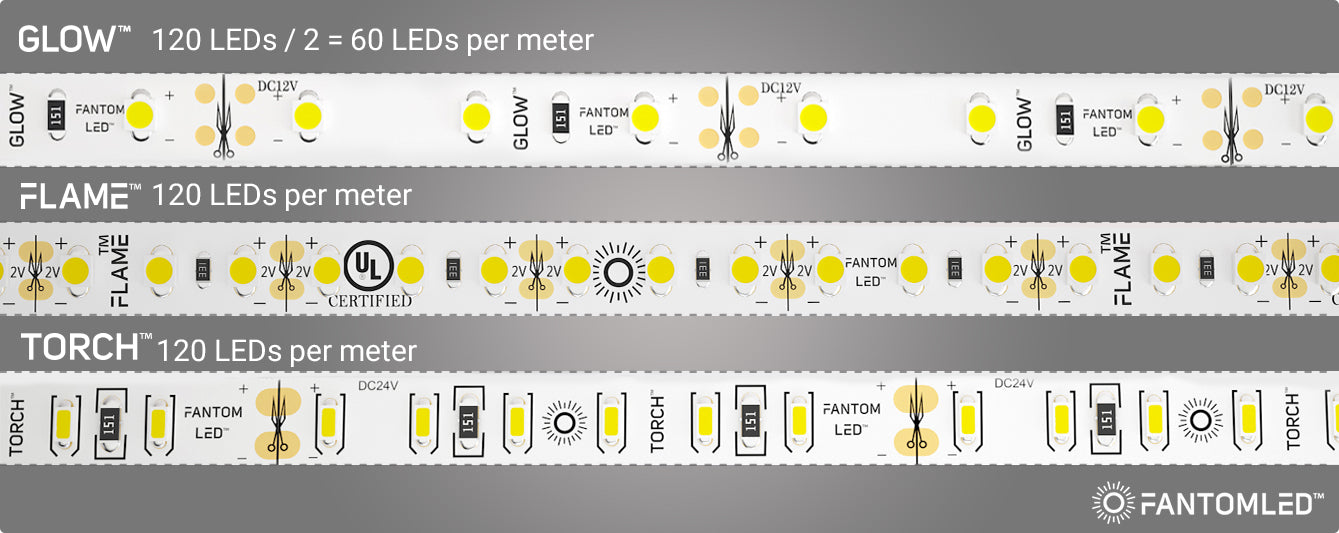
07. Power Consumption
Total Power Consumption = (watts/foot) * (feet of tape light)
Power consumption is calculated by multiplying the wattage per foot of the tape light by the actual footage of installed light. Make sure that the total wattage of your tape light is equal to or less than the rated wattage of your driver.

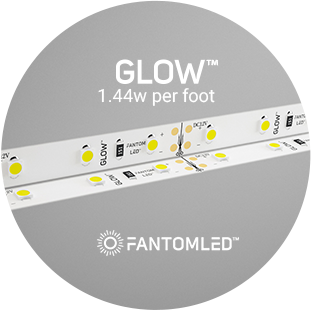
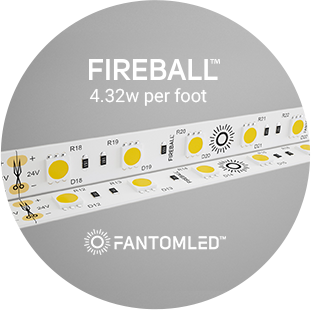
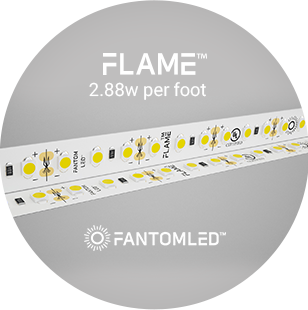
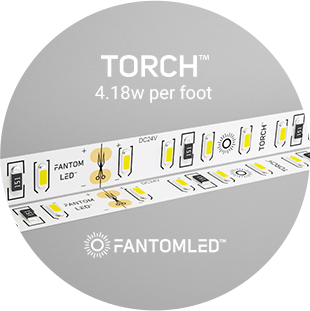
08. All- white tape Light
Used to create any hue of white light
This is called CCT, or all white, because a single tape light can produce any color of white light. The color can change from warm white (yellowish red) to cool white (bluish white) and any color in between. The warmth of white light is achieved by putting cool white and a warm chip next to each other on a LED strip connected to a smart Fantom LED controller.
-
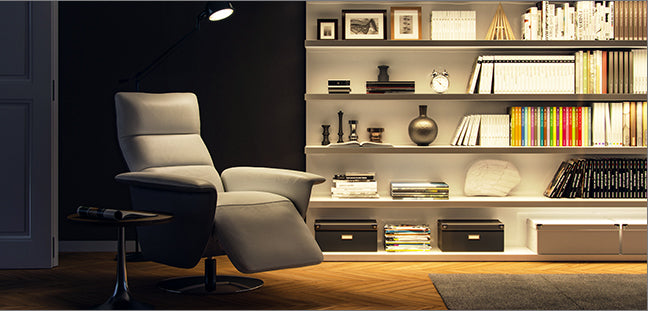
Warm white (yellowish red)
-
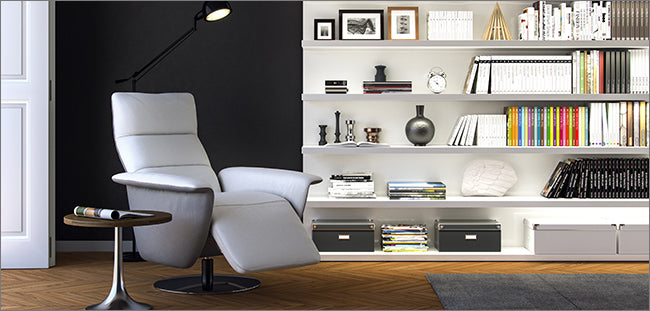
Cool white (bluish white)


09. ALL-COLOR TAPE LIGHT
Can be used to create any color of light
All-color tape light can produce a remarkable array of colors with practically an infinite number of variations of color. This is achieved through LED chips with an individual LED for red, green, and blue. Using a Fantom LED RGB controller, these primary-colored LEDs can be mixed to create 16 million shades of color hues. This is perfect for areas requiring a rich choice of colors.

ALL-COLOR PLUS WHITE TAPE
Can be used to create any color in addition to a bright white
The latest LED technology is able to provide 16 million shades of color hues in addition to cool white, natural white, or warm white LED illumination. This is achieved by combining color-changing RGB strips with warm white light. Use a Fantom LED controller with RGB+W tape strips when you want to be creative and play with lighting options and color effects and also produce a clean white light.










